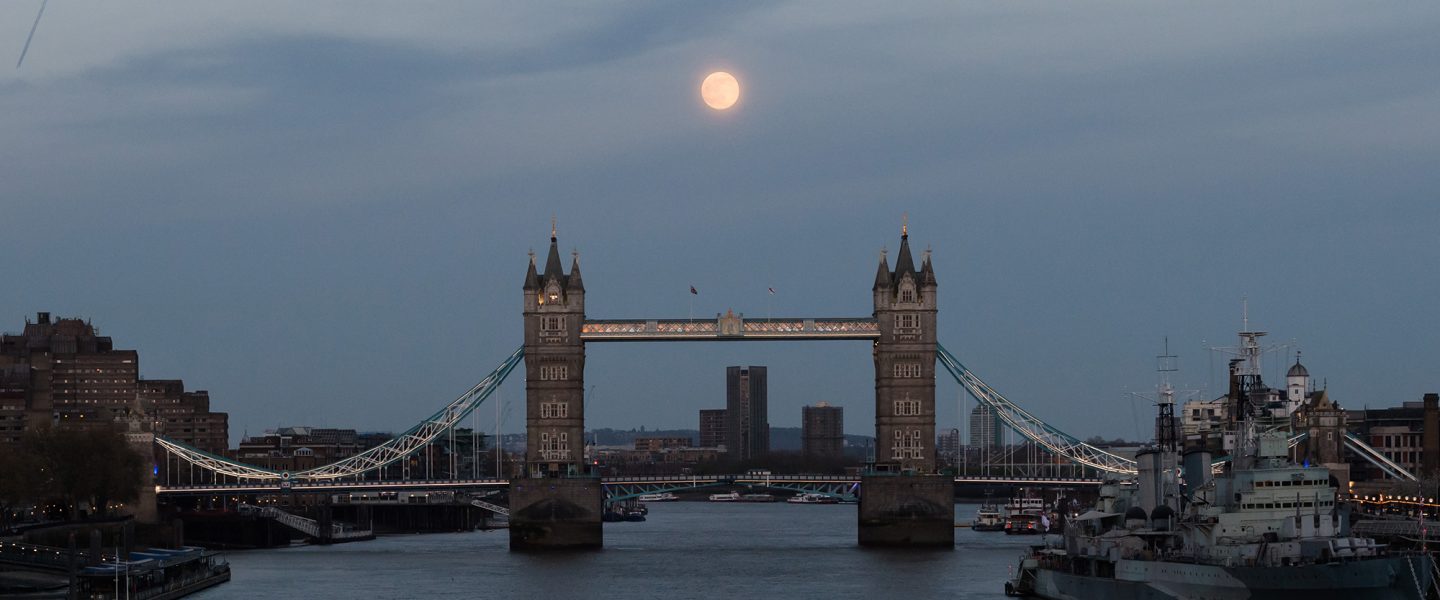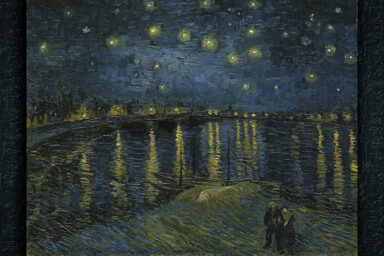Things can only get better
|
Listen To This Story
|
I’m writing this on Blue Monday, January 16, which is officially the most depressing day of the year. You’re reading it at least a couple of days later, so are hopefully on the mend from whatever indignities befell you today.
Mine involved a lousy lunch of leftover pasta, struggling with a novel whose ending is evading me, musing over various financial challenges, contending with the worst weather that London has to offer — i.e., rain, gray skies, more rain, and then a brief hopeful burst of sunshine quickly dashed by a heavy downpour — and worrying about what I was going to write about this week.
Welcome to the middle of January.
The concept of the “worst day of the year” is a relatively recent one, and I’d assumed it was cooked up by bored and dispirited journalists on a slow news day but, in fact, it’s the work of psychologist Cliff Arnall, who came up with it in 2004 through a mathematical formula. I’m not good at math, so I’m just going to just cut and paste it from an article I found online:
The model is:
[W + (D-d)] x TQ
M x NA
In this equation there are seven variables: (W) weather, (D) debt, (d) monthly salary, (T) time since Christmas, (Q) time since failed quit attempt, (M) low motivational levels, and (NA) the need to take action.
This seems official enough for me. But even before this designation, in 1983 (near the beginning of a depressing decade) the British band New Order wrote a hit song called Blue Monday. New Order wasn’t as depressing as its forebear, Joy Division, which disbanded after its lead singer Ian Curtis killed himself on May 18, 1980, not officially the most depressing day of the year, but pretty depressing under the circumstances.
As my wife points out, Blue Monday is the bestselling 12-inch single of all time, so many people must have sympathized with its sentiment of thwarted love (at least I think that’s what it’s about). The record is also famous for having an original cover that was so expensive to produce (die-cut with a silver inner sleeve) that the record company lost money on every copy sold. For Factory Records, March 7, the day they released it, was probably the most depressing day of the year.
The English humorist John Finnemore has declared February 5 the most depressing day of the year, in which case we still have it to look forward to. His song on the subject has such lines as, “It’s just too late for snow but there’s still every chance of sleet/And Christmas trees all dry and brown lie rotting in the street.” I’d quote more but I’m not sure of the copyright restrictions. Anyway, you can listen to it online. It might cheer you up.
Do you need cheering up? Our ancestors would argue it’s a luxury to even contemplate depression when they were busy working 12 hours a day in coal mines from the age of eight. But we have more middle-class poetic concerns, as can be read in the depressing work of Sylvia Plath (“The Moon and the Yew Tree”) and T.S. Eliot (“The Waste Land”). Depressing, but also beautiful and inspiring. This is where the depression of others can be of use to us, and who’s to say Blue Monday can’t be a day of introspection and hope? Because if it’s truly the most depressing day of the year, we can take solace in knowing we’re the furthest away from the most depressing day of next year.
Enjoy the moment.
—
J.B. Miller is an American writer living in England, and is the author of My Life in Action Painting and The Satanic Nurses and Other Literary Parodies.




